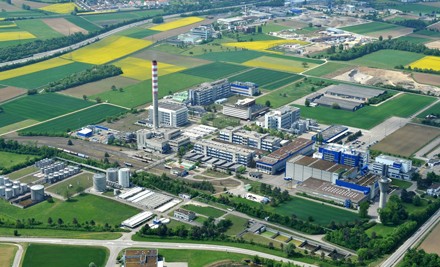China’s vitamin A price to remain high in Q1 2018
Publish time:1/19/2018 12:00:00 AM Source: CCM
Information collection and data processing: CCM For more information, please contact us
Accidents in the
production lines of vitamin A are continuing, adding more pressure on an
already tight market supply. The price will remain high in the next months due
to supply shortage.

After the fire at BASF in late October 2017, a pipeline pump explosion accident occurred on January 10, 2018, at the factory of DSM in Sisseln, Switzerland. The company is the worldwide leading producer of vitamin A, besides producing other vitamins and minerals. The explosion was affecting the vitamin A production lines, which caused the company to suspended vitamin A production and the purchase of raw materials.
In December 2017, China’s domestic vitamin A producers raised quotations, which caused the ex-works price to hit a six-year peak in the country. After the BASF accident occurred, domestic producers suspended providing quotations while traders suspended supplying goods.
German vitamin giant BASF is not likely to continue to supply vitamin A and vitamin E until the end of Q2 2018 to the beginning of Q3 2018, given that the production can be resumed only after the normal production of citral, which was predicted to be in March 2018.
A fire occurred at BASF's citral factory in Ludwigshafen, Germany on 31 October 2017. BASF is the world's largest citral supplier, and its vitamin A and vitamin E capacity account for nearly 26% and 17% of the global total. In Q1 2018, about 45% of the global vitamin A capacity will see production suspension.
The company said it will not be able to restart before March the citral plant at its Ludwigshafen headquarters that was damaged by a fire and that shipments of downstream vitamin products would resume six to 12 weeks after the start-up of production.
About the article
The information for this article comes from CCM, China’s leading market intelligence provider for the fields of agriculture, chemicals, food and feed.
Join the discussion and your industry peers in our LinkedIn group and Facebook group. Follow us on Twitter: @CCM_Kcomber
People who read this article also read what the article
- Glycine output in China expected to decline in October 2023/09/20
- Challenges after COVID-19 in China's Pesticide Market 2023/06/06
- Liquid Dairy Trends Report for Q1-Q3 2023 2024/01/15